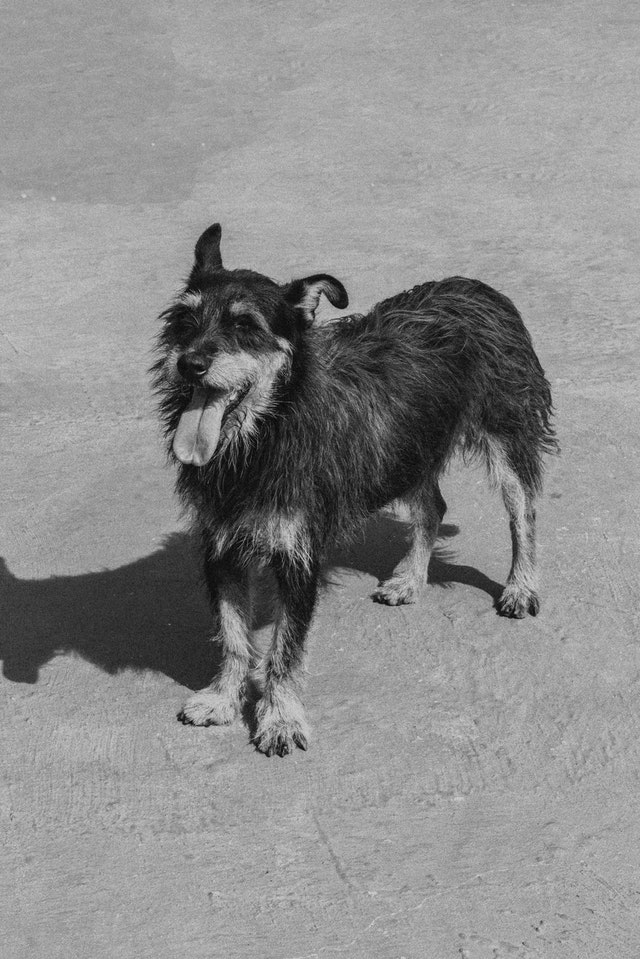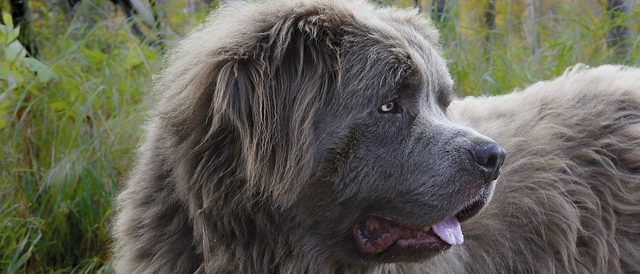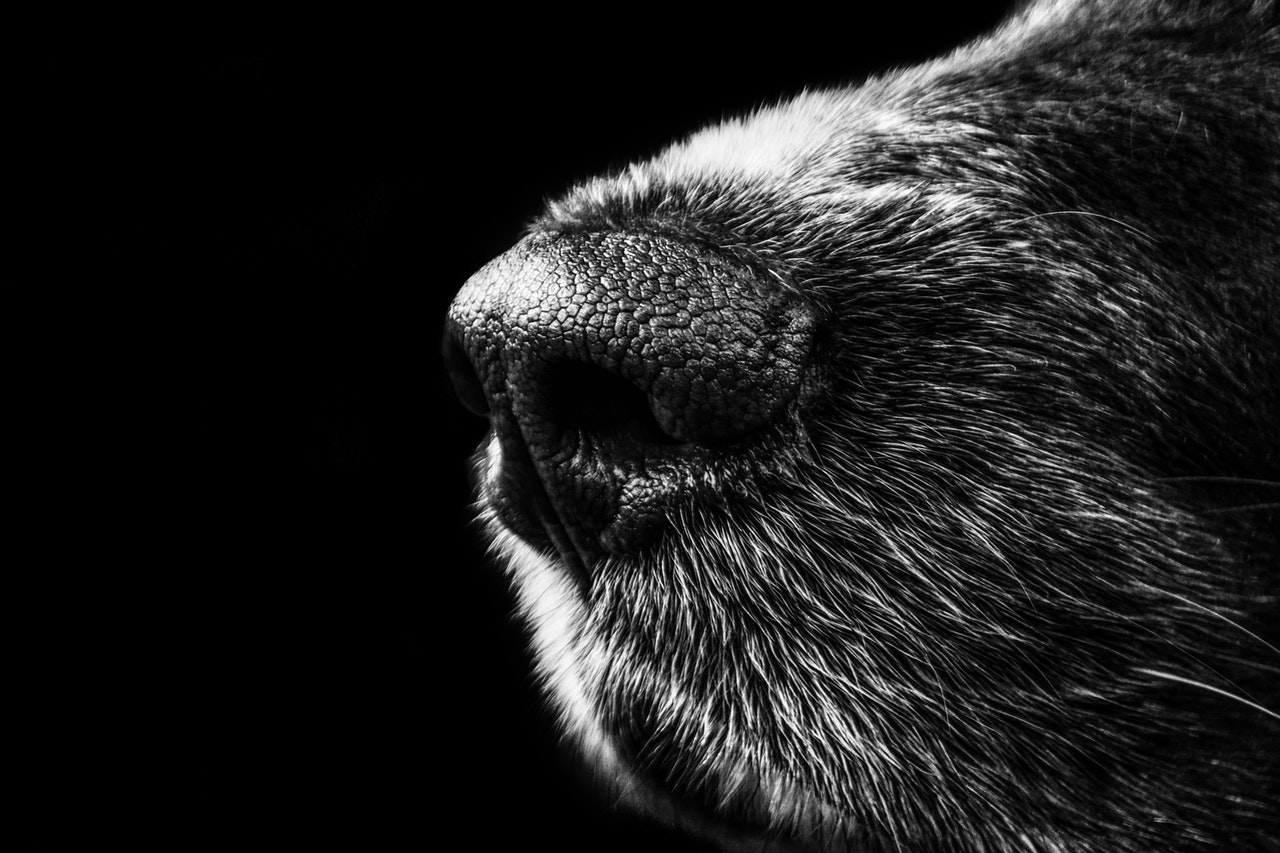Depending on the breed to which it belongs, the old dog can reach a more or less advanced age. As in humans, genetic inequalities exist. Dogs age when they show changes in behavior.
Your dog gets tired more quickly, he has difficulty getting up, he has less and less desire to play, he moans sporadically… he is simply getting old.
Dog medicine has also made huge strides and the lifespan of dogs has increased. They must therefore be given more care from a certain age for old age in the best possible conditions. And this is only natural in view of the affection and joy they give to their master during their existence.
The dog’s life expectancy
The aging of the dog varies depending on several criteria such as the breed and the health of the animal. If you have owned a dog for many years, you must have noticed changes in your pet: dog less playful, more often sick, … As they get older, the dog needs his master more and therefore needs to take better care of you. from him. Together we will see the average life expectancy of dogs.
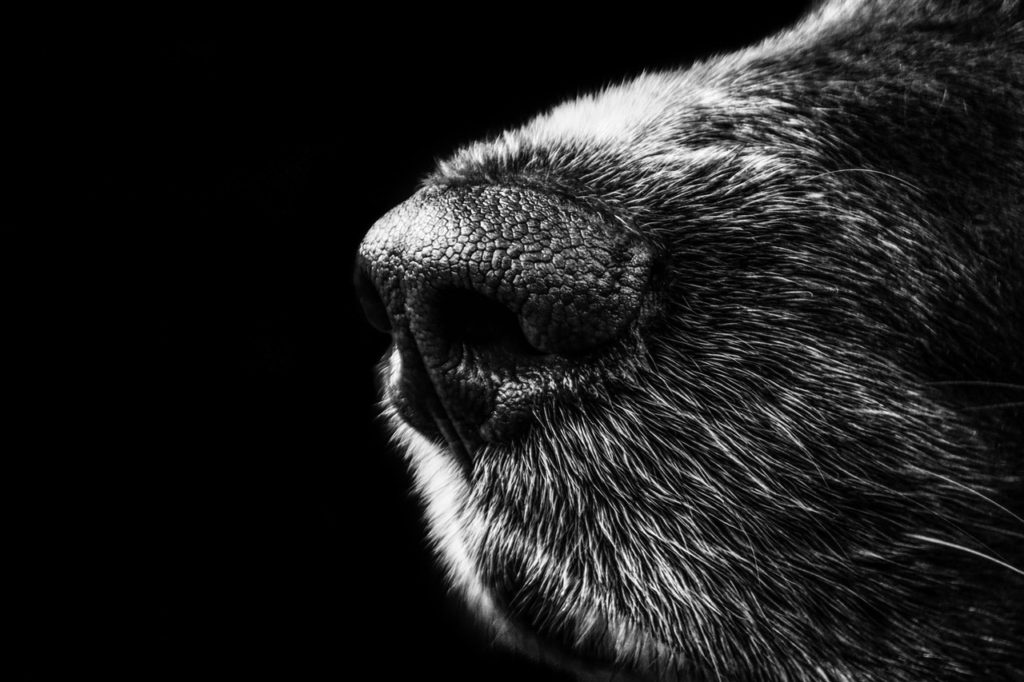
The factors of dog aging
Many factors can influence the precocity and speed of the dog’s aging process. The living conditions and the care that his master provides him are among the most important of course. This explains why within the same breed the sometimes significant differences in lifespan, because a beloved dog who is paid special attention to his health will show signs of aging much later than a dog. abandoned and fed with food not suited to his metabolism. Today it happens to meet dogs that die at the age of 20, a rare but growing occurrence.
Generally, vets agree that the average dog lives between 15 and 20 years.
Canine life expectancy
Everyone once heard that to know the human age of a dog, you just have to multiply by 7 the number of years of existence. This is true, but only for a certain point in his life. For small dogs it is a multiplication by 7, but for larger dogs it is 10.5. As said before, canine life expectancy is uneven depending on the breed.
Genetic heritage in dogs
Again, as in humans, the genetic factor is very important. We know, for example, that such and such a breed is predisposed to such and such pathology. And deeper within the same breed, there can be variation depending on the lineage. Breeders take great care in selecting the males and females they use for service so that genetic defects are not passed down from generation to generation.
Chronic diseases in dogs
Chronic diseases are of course major factors in reducing dog life expectancy. Diabetes, heart failure and kidney failure are some of those chronic diseases that science cannot cure today. However, the earlier the diagnosis is made, the faster the disease can be controlled and its effects minimized.
Some dog breeds are more susceptible to certain diseases as they age. Therefore, it is important to learn about the weaknesses of your dog’s breed and the illnesses often acquired with age. Chronic diseases, despite a healthy animal life, unfortunately spend mainly on genetics.
Feeding the dog
Food is fundamental. In underfeeding or overfeeding mode, the health of the dog suffers over the years to lead to premature death. Obesity in dogs leads to heart, respiratory and liver conditions and disorders. It is therefore important to respect not only the quantity of food, but also the quality.
The physical condition of the animal
Exercising is essential for the dog, provided it is appropriate, in a reasonable intensity and for a reasonable duration. An old dog can still continue to play sports if he has been used to it from an early age, with adaptation to his physical form and age.
Stress experienced
Some dogs are more stressed than others. Often the reason is that they were taken away from their mothers too early and do not have the confidence to cope with certain situations. It could be the sound of thunder as well as that of cars, a horn, etc., or the sight of a stranger entering the property, etc.
Caring for dogs
To ensure your dog maximum longevity, it is important to ensure regular care through routine maintenance and proper follow-up by the veterinarian. By ensuring the good health of your animal, you are therefore putting the odds on your side to ensure that they live as long as possible. Preventive care is therefore very important and its results are often seen as the dog ages and becomes old.
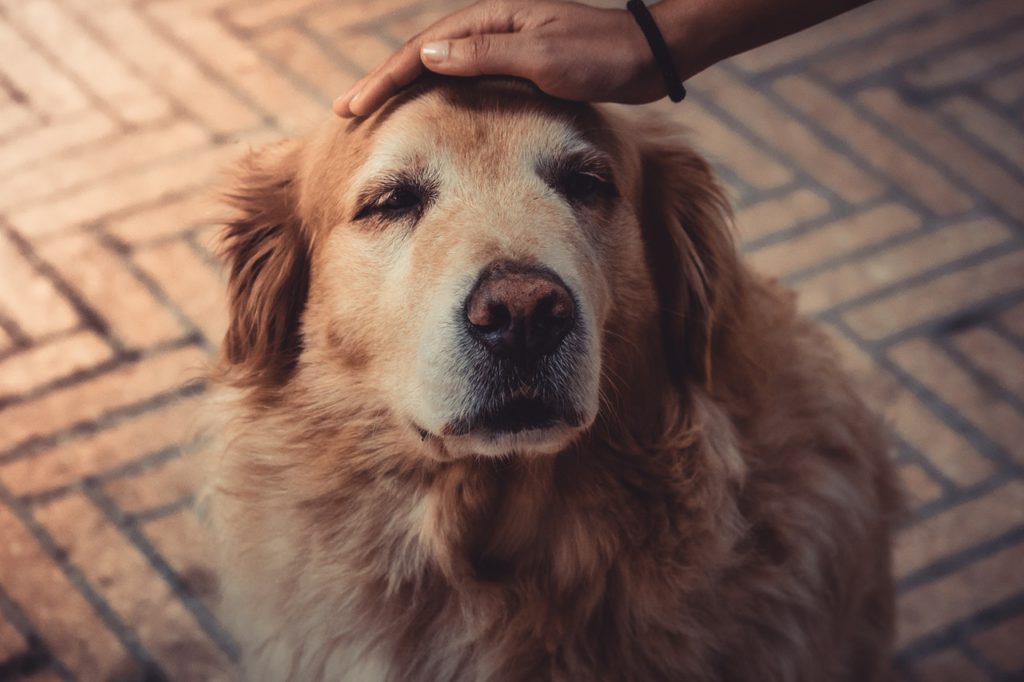
The physical signs of aging in dogs
It is not always easy to realize that your dog is getting old because it is a slow process. But it is best not to realize it when it is too late to effectively compensate for the effects. Knowing the few telltale signs will help you spot your dog’s signs of old age.
The appearance of white hairs
In dark-colored dogs, the coat begins to gradually sprinkle with white hairs. It usually starts at the muzzle and gradually spreads backwards. This is the easiest sign of dog aging to spot, and it is imperative to take into account as soon as possible because it is already late to worry about its management.
As a result, the dog’s coat changes over time and the pigmentation in its coat gradually disappears to give way to gray or white hairs.
Physical appearance
First of all, the dog loses muscle mass, which gives the impression of losing weight. The contours of its face are hollow, the bony ridges are protruding and the eyeballs seem to sink into the sockets.
The shape of the limbs changes and their supports change. This results in a noticeable change in gait, which can be amplified if the dog has pain usually associated with osteoarthritis of the limbs, and the spine.
Behavioral changes in old dogs
The transformation of the aging dog is early and often spectacular. They are followed, within a very variable timeframe, by more or less obvious changes in behavior.
A greater need for rest
The dog is unaware of the advancement of his age. As a result, he tends to stick to his habits and continues to perform his usual tasks. Even disabled, he tries, at least in the early stages, to override. If you deprive him of his functions, for example playing with children, or guarding the property, or if he is a working dog, pulling the sled, herding a herd, etc., he will not understand not and because of this will be unhappy. So it is necessary to know how to measure his effort according to his capacities, and it is the master who knows his dog well who will know how not to tire his dog too much while still letting him do things, if he still has some. desire.
The return of bad habits
Among the habits that dogs keep with age, it is the bad ones that amplify. He barks more often, and often for no apparent reason. He becomes stubborn and disobedient. It can happen that it becomes aggressive, whether with other dogs or with humans. It can also get messy.
Behavioral disorders in older dogs
Behavioral disturbances are caused by the aging of the brain, which is increasingly seen as the dog’s lifespan increases. As they get older, your dog may therefore have certain behavioral problems which will unfortunately be increasingly difficult to correct. A senior dog therefore requires more patience.
The aggressiveness of the old dog
Unfortunately when the dog becomes aggressive with his entourage for no apparent reason most of the time, or for “trivial” things, it becomes imperative that he no longer approach children because his reactions can no longer be anticipated. Unfortunately, this is often when the veterinarian advises euthanasia.
Old dog delirium
The dog appears to have been uneducated and its behavior inevitably changes. He falls victim to intermittent loss of orientation in space as well. He often becomes disobedient and messy.
Old dog’s dysthymia
The dog exhibits periodic and unpredictable fluctuations in all of its behaviors. He experiences sleep disorders, his eating behavior changes, as well as his social behavior. The most representative symptom of this condition is that the dog entering an opening that is too narrow tries to force the passage instead.
What behavior should the owner have towards his old dog?
Very often, the owner adapts to the age of his dog, but the children are not aware of having to deal with a tired dog, who can no longer have fun with them as he did. what a year ago.
How to make children understand that their dog is aging?
In order not to risk a dog’s health accident, it is important to make children understand that their dog can no longer play with them as before and that he needs to rest. If called upon, he will want to please and will continue to exceed his limits and this could lead to total exhaustion and then death.
Hearing and smell disorders
A surprised dog is often an aggressive dog who can bite. With age the dog hears less well. We must therefore avoid surprising him. When trying to walk past him, he may still not see you depending on the degree of his blindness. So, except indoors, the ideal is to position yourself in the wind so that he can recognize you by the smell. By avoiding frightening him, you will spare his tired heart.
Jealousy exacerbated
The feeling of jealousy in dogs has already been mentioned in the section “behavior”, and in the case of the old dog, it is important to avoid putting it aside when a baby comes into the family, for example. Otherwise he will develop a feeling of injustice that he will blame on the newborn and may behave unpredictably towards him in order to regain the love of his masters.
Unless you have the impression that he may be dangerous, you should let him approach the baby, sniff him, in effect get to know him.
The aging dog experiences the same changes as humans. So it’s up to the master to adapt to the situation to spare it and give it a nice death. Of course if the dog is in too much pain, and even if it is heartbreaking, then euthanasia will be the best thing to do.
